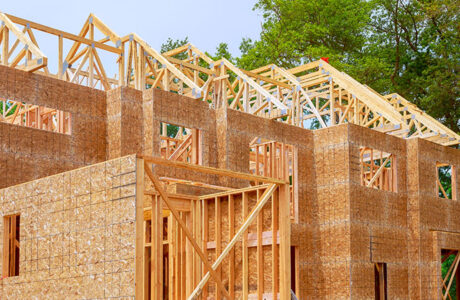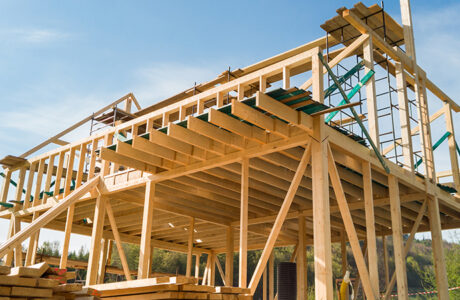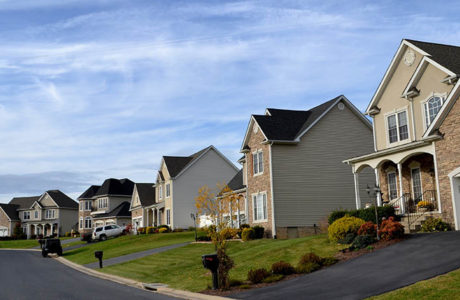Economists for the National Association of Realtors (NAR) recently gathered in Boston to talk about the future of the residential real estate market. Let’s look at the top-line takeaways.
Lower Mortgage Rates Ahead
The NAR’s chief economist, Lawrence Yun, foresees a stabilization of rates over the next two years, with the 30-year fixed rate settling to just above 6% through 2026. With fluctuations. “That will be the new normal,” says Yun, “bouncing around 5.5% to 6.5%.”
Other mortgage industry experts agree. The mortgage giant Fannie Mae predicts the average 30-year fixed rate will fall to 5.7% in 2025. The Mortgage Bankers Association forecasts a decrease to 5.9% in late 2025 and early 2026.
Wells Fargo thinks we’ll close out 2026 with the 30-year fixed rate at 5.65%.
Housing Inventory is on the Rise
Yun says, “I think there’s going to be roughly a 10% boost of existing-home sales in 2025 and 2026.”
Fannie Mae agreed, recently forecasting an 11% rise in existing home sales in 2025. However, Fannie Mae has since dialed that forecast back, downshifting to a prediction of a 4% increase in 2025.
Zillow thinks the increase in housing inventory will be strongest in the Southwest, identifying 13 major metro areas that are increasingly buyers’ markets. Dallas has a prominent spot on that list.
Home Prices Will Rise Slightly
Yun thinks the median home price will go up 2% in 2025, to reach $410,700, and rise 2% over 2025 to settle at $420,000.
Zillow forecasts a similar rise, though it predicts that home prices will rise 2.6% in 2025. Other experts are less optimistic: Goldman Sachs predicts a 4% increase in 2025, while Fannie Mae foresees a 3.6% rise in the median home price.
Job Gains Will Drive the Housing Market
Yun said, “When more people work, they have the capacity or they’re in a better position to buy a home.” Yun thinks the U.S. will see an increase of 2 million jobs in 2025 and nearly 2 million more in 2026.
Other experts agree with the rosy economic outlook. Goldman Sachs economist David Mericle says, “While we have yet to see definitive evidence of labor market stabilization, trend job growth appears to be strong enough to stabilize and eventually lower the unemployment rate.” He continues, “Recession fears have diminished, inflation is trending back toward 2%, and the labor market has rebalanced but remains strong.”
With mortgage rates declining and inventory rising, now is the perfect time to purchase a home. To talk about financing that home, call us at (972) 591-3097 or connect with us online.






















Comments are closed.